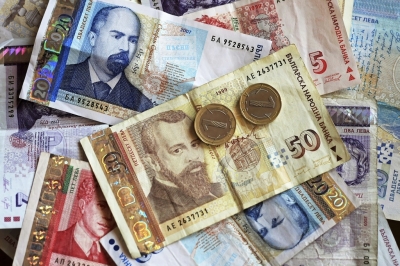
The lev is the currency of Bulgaria. In old Bulgarian the word “lev” meant “lion”, the word ‘lion’ in the modern language is luv. The lev is divided in 100 stotinki. Stotinka in Bulgarian means “a hundredth” and in fact is a translation of the French term “centime”. Grammatically the word “stotinka” comes from the word “sto” – a hundred.
The name of the currency means “lion”, and is derived from the Dutch thaler. The Dutch leeuwendaalder was imitated in several German and Italian cities. These coins circulated in Bulgaria, Romania and Moldova and gave their name to the respective currencies the Bulgarian lev, Romanian leu, and Moldovan leu.
The lev was introduced as Bulgaria’s currency in 1881 with a value equal to the French franc. The gold standard was suspended between 1899 and 1906 and suspended again in 1912. Until 1916, Bulgaria’s silver and gold coins were issued to the same specifications as those of the Latin Monetary Union. Banknotes issued until 1928 were backed by gold or silver.
In 1952, following wartime inflation, a new lev replaced the original lev at a rate of 1 “new” lev = 100 “old” leva. However the rate for banking accounts was different, ranging from 100:3 to 200:1. Prices for goods were replaced at a rate of 25:1. The new lev was pegged to the U.S. dollar at a rate of 6.8 leva = 1 dollar, falling to 9.52 leva on July 29, 1957.
Picture Credit : Google



